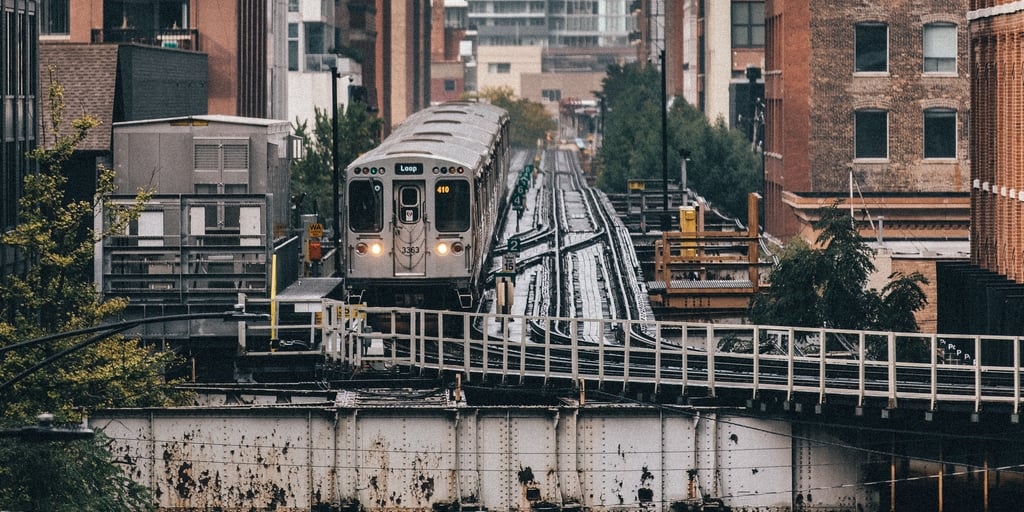
Some local nonprofit activists organized a 10-mile weekend bike ride recently through the 27th Ward in Chicago.
Equiticity, the NAACP’s Chicago Westside Branch and my organization, CHANGE Illinois, organized and hosted the ride that featured a route pedaling around the Humboldt Park neighborhood, the former Rockwell Gardens public housing site and the Fulton Market area.
The Rockwell Gardens stop had riders gazing at a weed- and grass-covered concrete basketball court that would be tough for any baller to use. That surely stood in stark contrast to the booming and gentrified Fulton Market. Yet, these communities are all in the same ward, and the people who live there are all fighting for the same attention and resources from Ald. Walter Burnett Jr.
As CHANGE Illinois’ Community Organizing Director DuShaun Branch Pollard put it on Instagram: “These communities all look very different. They each have different levels of investment or disinvestment.”
Would it have made more sense to group communities with similar characteristics and economic advantages and disadvantages together? Sure, and that’s partly what the model Chicago Advisory Redistricting Commission — which CHANGE Illinois created and supported with community partners — attempted to do two years ago. Of course, grouping together similarly resourced and economically disadvantaged or advantaged communities isn’t always physically possible, but a better job can be done and was, as evidenced by the publicly drawn People’s Map produced by diverse, average Chicagoans.
How people in communities get mapped together into wards, or how neighborhoods get carved up into multiple wards or districts, absolutely affects their ability to get help for that run-down basketball court or to get resources to help with a crime-riddled corner. The way we’re mapped affects how easy or hard it is for us to get organized to get policies approved and practical things like the kinds of grocery stores or retail outlets we want and need in our neighborhoods.
The redrawing of wards and other political districts occurs once every 10 years after each census to generally reflect shifts in population, but the work to end gerrymandering and improve redistricting is hardly a one-and-done, once-a-decade exercise.
Battles for fairer representation still are being waged over the maps approved after the 2020 census in Ohio, Wisconsin, Alabama, Georgia, South Carolina, Texas and Florida. People fighting in those states understand the battle absolutely is for voting rights and representation, but it’s also about having voices, choices, resources and a government that responds to them.
In California, residents now have seen two cycles of redistricting done by independent, non-political commissions for their state legislative and congressional seats, and it’s been working for them. Certainly, there’s not a perfect map that is everyone’s ideal solution, but the first independent commissioners there drew districts that added to the Democratic majority’s numbers and also resulted in nine more opportunities for people of color to select representatives of their choosing.
Now, California lawmakers are working to grow that good experience to more local governments. One law just approved by both chambers, AB 764, prohibits incumbent-protection gerrymandering, strengthens redistricting criteria and procedures, and extends redistricting protections to more local governments. A second law, AB 1248, requires that California county, city and school governments with districts create and use independent redistricting commissions that are politically independent and diverse.
When it comes to independent, people-powered commissions, California is showing the way. How about we get to work on implementing more of those ideas here?
The hundreds of people who wanted to participate in the open process of creating new wards with the commission we created knew that effort would produce a better democratic result than alderpeople cutting deals in a back room would, and the people who hopped on bikes, toured parts of the 27th Ward and saw it for themselves know it better than ever now.
“Cycling through the neighborhoods just reinforced the inequities that seem of little interest to alders,” one of the riders said afterward. “Really eye-opening.”
Mayor Brandon Johnson and 17 of the 50 council members who won in the last election pledged to community groups to support more independent ward mapping that works for the people. With the mayor leading and joined by that many council members holding firm in their commitment to fair mapping, there’s a core there to start building toward a better way, an independent commission that works to reflect what best serves the people in all the wonderfully diverse communities of Chicago. Let’s work together to make people-powered community maps happen now.
This column was originally published on September 21, 2023 in Crain’s Chicago Business. Read the original article here.
